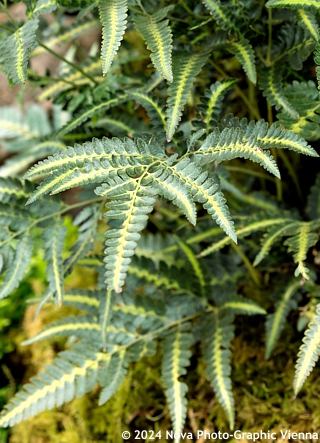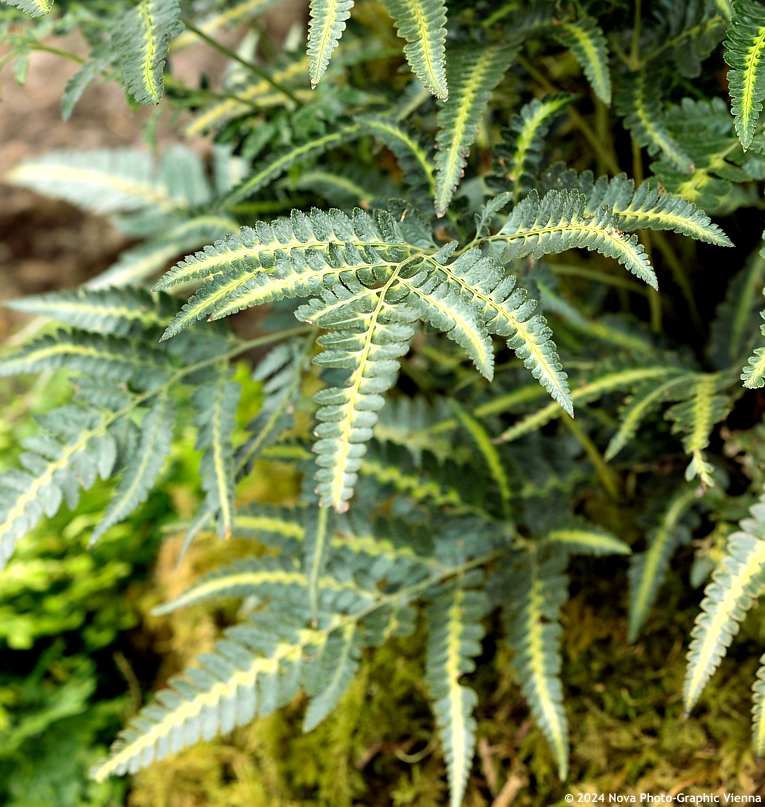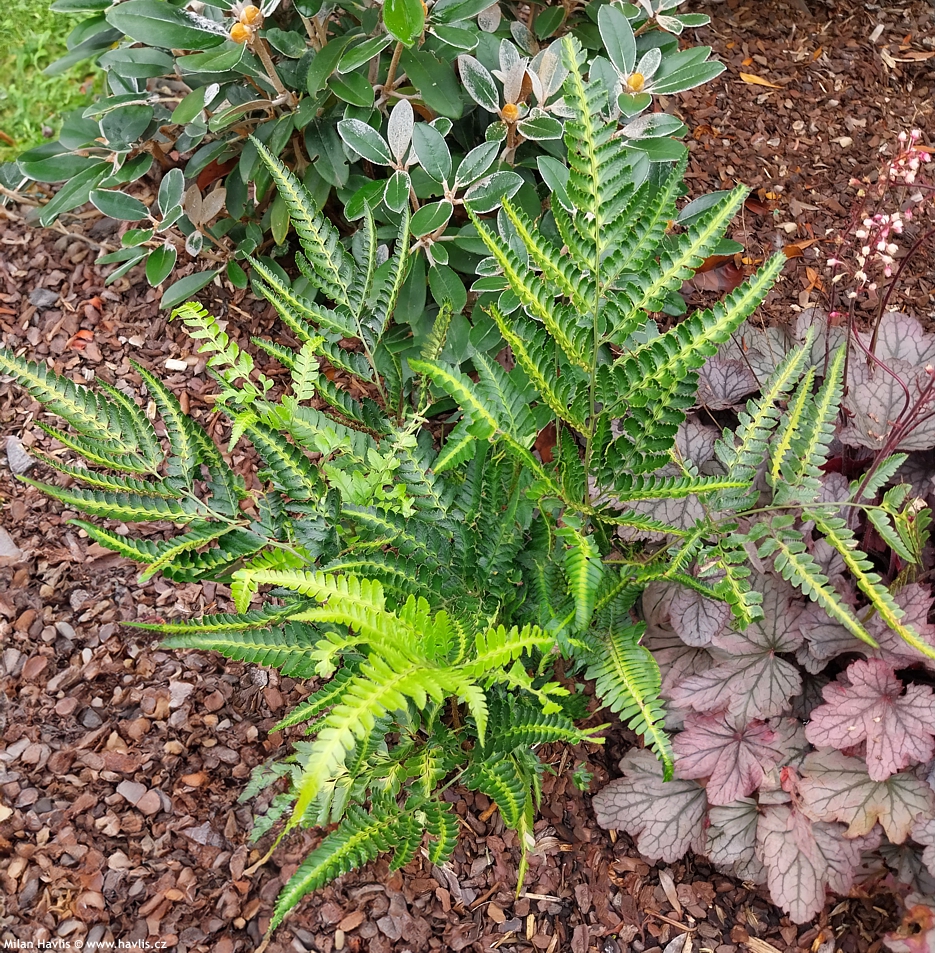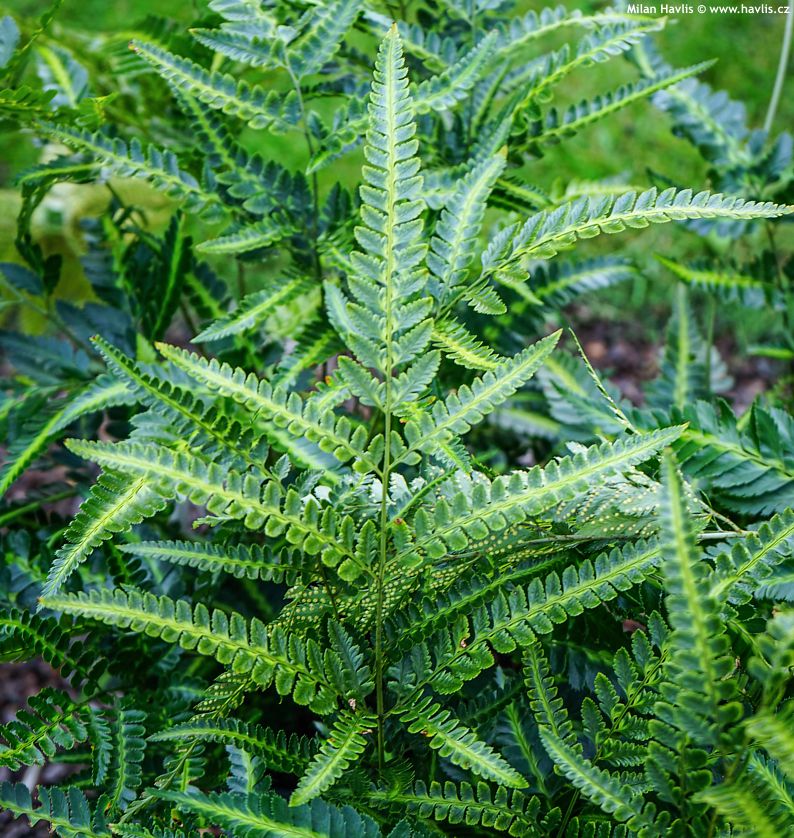Arachniodes simplicior simpler East India holly fern
size/type
low perennial,low perennial
usual height
0,3-0,5m
usual width
0,5-0,8m
leaves
evergreen broadleaf
colour of leaves
location
semi-shade / partial sun
soil type
acidic (peaty) to neutral
soil moisture requirements
evenly moist but well-drained
USDA zone (lowest)
8 (down to -18°C)
winter protection
for zone 5+6

for zone 7

categorized
Arachniodes
Arachniodes is a fern genus from Asia that was first described in 1828 by German-Dutch botanist Carl Ludwig Blume (1796-1862). He named it when he once found his herbarium with ferns completely covered in spiderwebs. So do not look for any other visual connection with spiders. As of 2020, there were 78 species listed in the Checklist of Ferns and Lycophytes of the World. In English, their names usually include the word holly, possibly because they mostly have highly glossy and evergreen foliage. They are native to a large area stretching from eastern India through China and Vietnam to Korea and Japan. Cultivated outside the temperate or subtropical zones they are deciduous.Description of the plant:
Simpler East Indian hollyfern is one of the few outdoor ferns with variegated leaves. Its name simplicior refers to the difference with a. aristata, compared to which it has shorter leaves with conspicuously separated lateral petioles with leaves of the second pinnacle - they are bi-pinnate. Moreover, in horticultural trade it is often sold as Arachniodes aristata 'Variegata' which is a non-existent or accepted name. Young plants have short fronds up to 30 long and appear almost sessile. Though when established they start making up to 60 cm long, upright fronds, arching when mature, with individual leaflets from about the first third of the stem. Pinnae are dark green, highly glossy, and creamy white to pale chartreuse near the midribs. Once the plant bushes out, it makes a lush showcase of unique foliage with an exotic touch, so find a spot of honour where you can fully appreciate its beauty.
Like most other ferns from temperate to subtropical climates, holly fern needs well-drained soil in which its roots will not rot, especially in winter. However, during the growing season, it will appreciate moist soil where it will continuously produce new leaves until August. The ideal location is in partial shade or diffused sunlight under the canopies of tall trees, just like in its native habitat. The soil should be rich in organic matter and preferably acidic to neutral. Hardiness has not yet been tested in all conditions, but so far it has withstood -17 °C without any winter protection. Further trials are ongoing. During severe frosts, abundant mulching will significantly increase its chances to survive. It is not suitable for locations with long-lasting frosts and frost basins.
Last update: 18-03-2024
QUICK PRICE OVERVIEW
CURRENTLY SOLD OUT
















